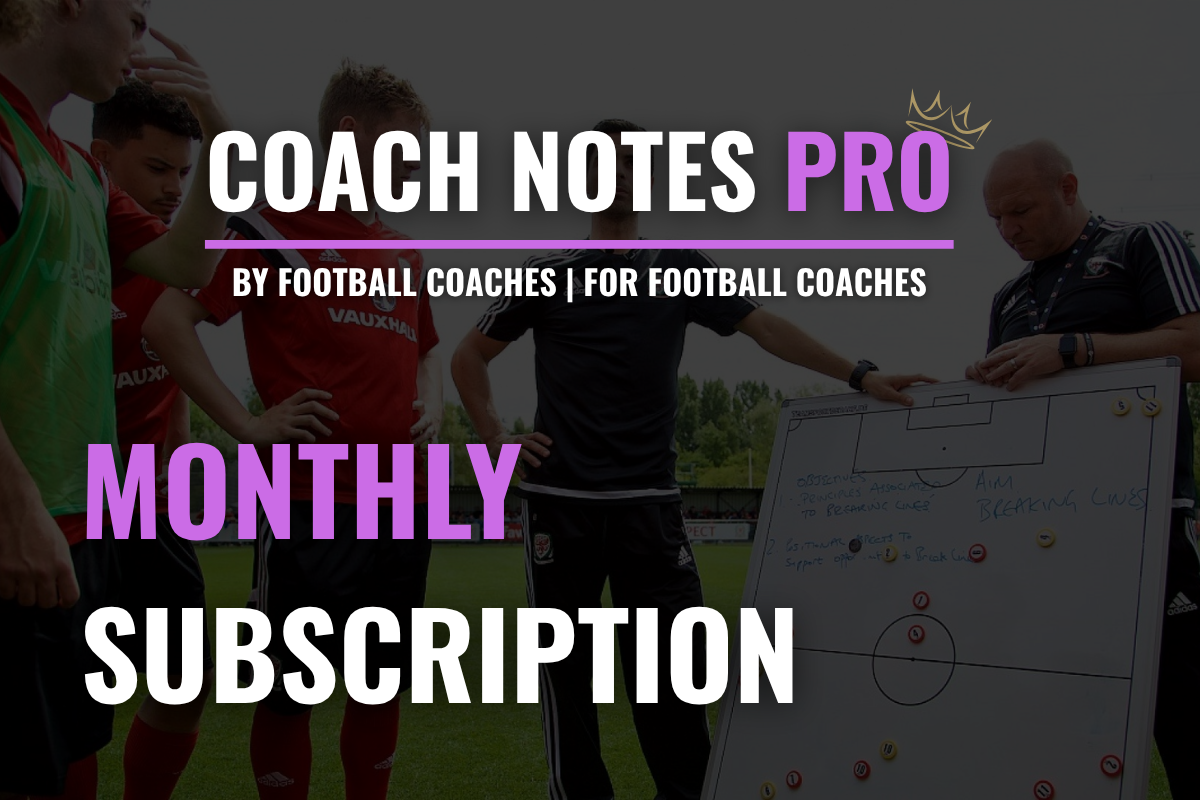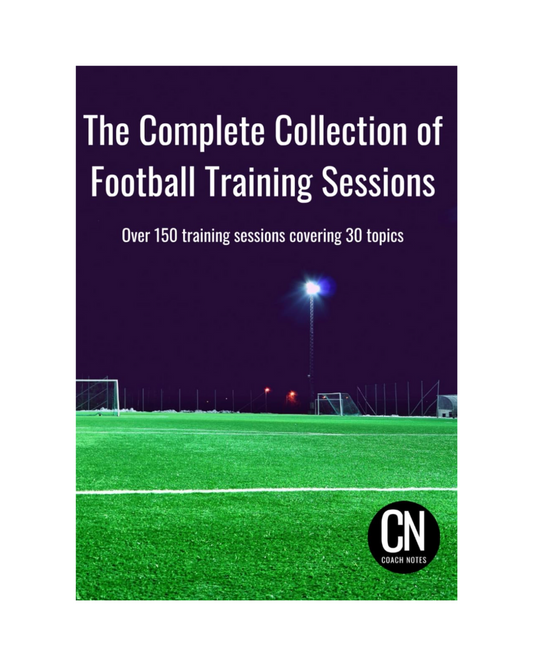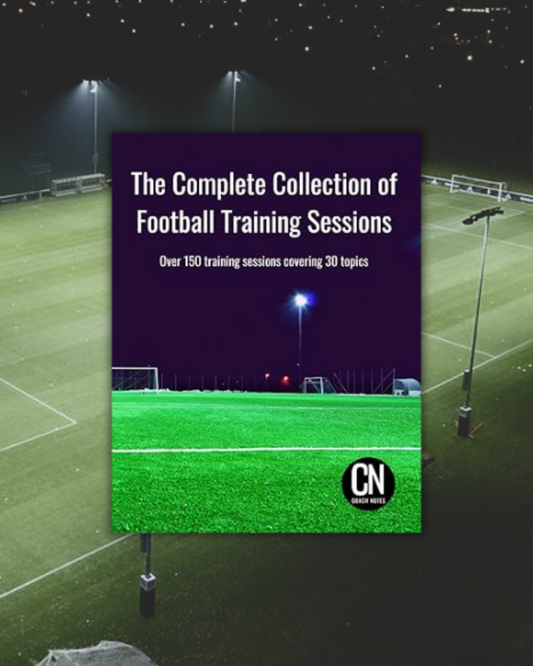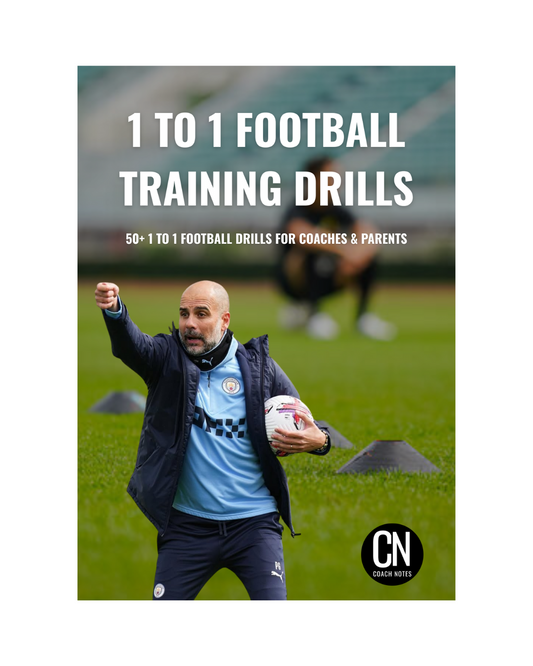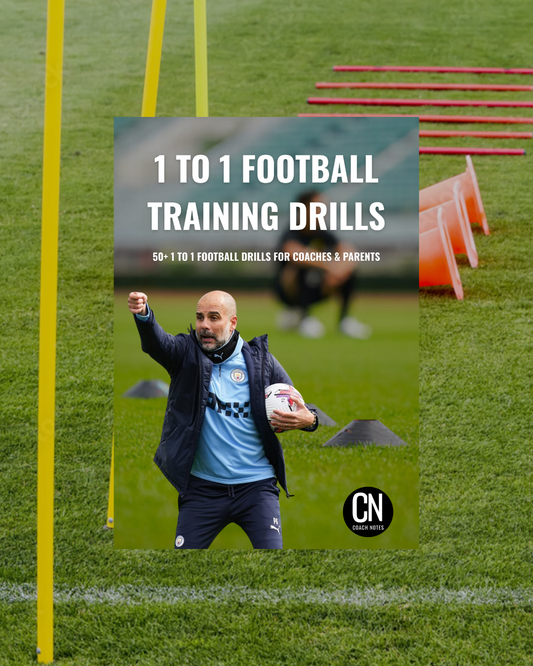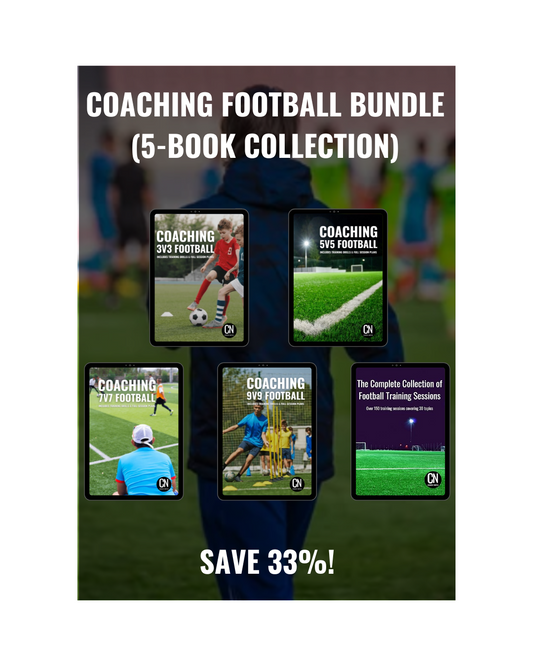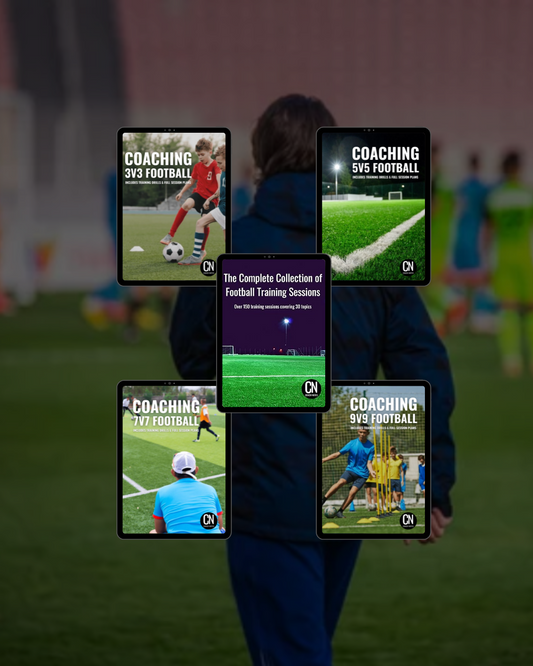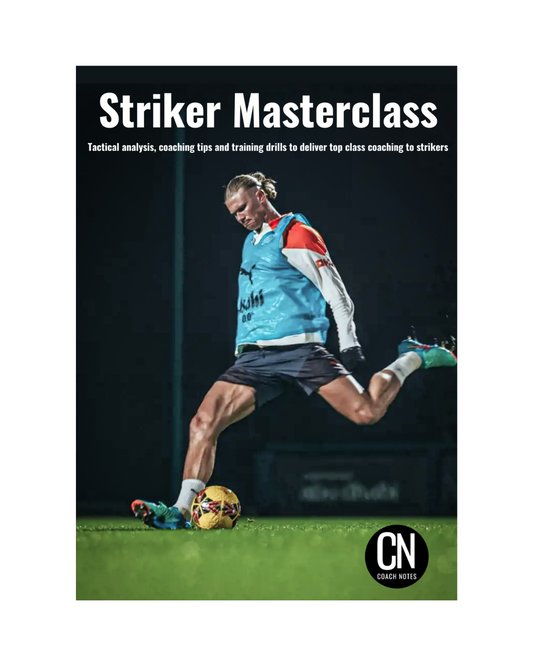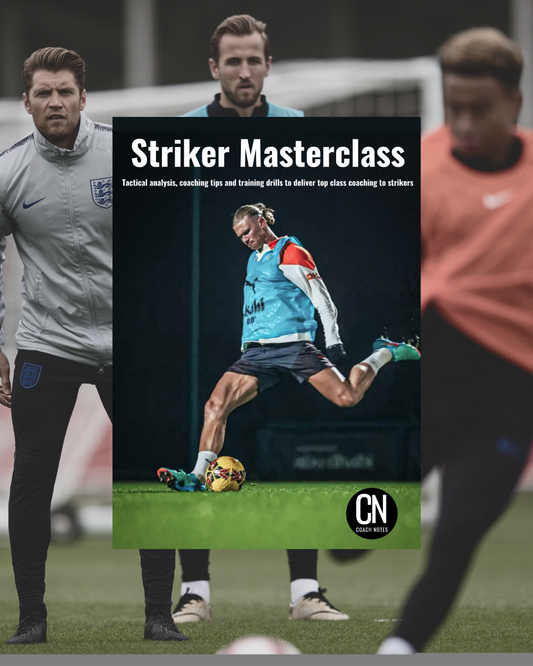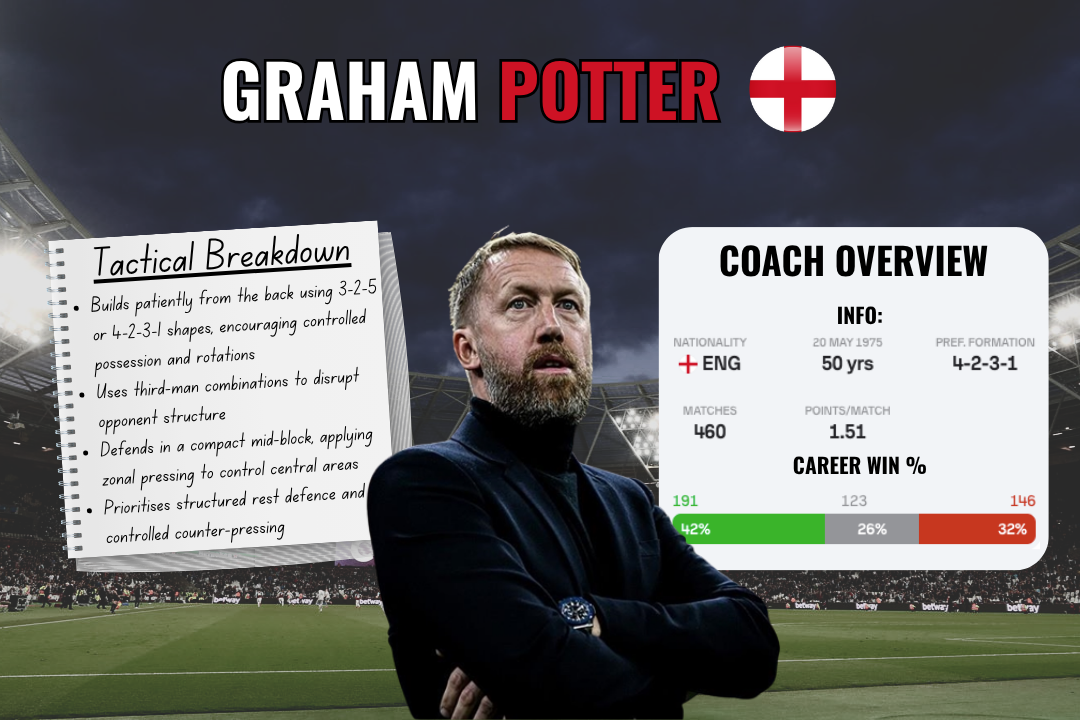
Graham Potter
Share
👤 Coach Bio
Graham Potter is widely regarded as one of the most progressive English coaches of his generation. After a modest playing career, he began his coaching journey in Sweden with Östersunds FK, where he gained acclaim for his innovative methods and structured, attacking football.
His tactical reputation grew during successful spells at Swansea City and Brighton & Hove Albion, where he implemented flexible systems and possession-focused play. His progressive coaching style led to a high-profile move to Chelsea in 2022, where, despite a challenging spell, his tactical philosophy remained clear.
Potter is known for his focus on player development, intelligent rotations, and adaptable systems — all built upon a deep commitment to positional play and control.
🧩 Playing Philosophy
Potter’s philosophy centres on control through possession, fluid movement, and collective organisation. He prefers his teams to build patiently from the back, occupy structured zones, and manipulate opposition shape using intelligent rotations.
While he prioritises controlled ball circulation, Potter’s sides are not passive. He encourages purposeful possession designed to break lines and create overloads. His focus is on positional discipline over individual improvisation, ensuring collective synchronicity at all times.
Pressing and defensive transitions are integral to his philosophy, allowing his teams to regain possession and control game rhythm.
🔍 Style of Play
In Possession
Potter’s teams typically build from the back in a 3-2-5 or 4-2-3-1 shape, often morphing depending on the opponent’s structure.
- Build-Up Phase: Centre-backs and goalkeeper initiate short passing sequences to draw pressure. One full-back may invert to form a double pivot or maintain width depending on the opponent.
- Midfield Play: Central midfielders rotate into half-spaces, offering passing lanes to progress through the thirds. The attacking midfielders drop between lines to create central overloads.
- Final Third: Width is provided by wingers or wing-backs, with underlapping midfielders and forwards arriving between centre-backs. Potter’s teams use dynamic third-man combinations and positional rotations to disorganise defensive lines.
Out of Possession
Potter’s sides typically defend in a mid-block 4-4-2 or 5-4-1, depending on personnel.
- Pressing Shape: His teams press selectively, with triggers based on opponent movement or passes into wide zones. Central compactness is prioritised.
- Defensive Block: His teams focus on maintaining horizontal compactness, using positional pressing rather than high-intensity, man-to-man approaches.
- Rest Defence: Potter coaches his teams to always maintain balance behind possession, controlling space rather than just the ball.
Transitional Moments
- Defensive Transitions: Potter prefers immediate counter-pressing in local areas following turnovers. His players are drilled to react and recover shape rapidly if the counter-press is bypassed.
- Attacking Transitions: Once possession is regained, the ball is typically recycled backwards before being progressed via controlled combinations. Direct transitions are used sparingly unless space is clearly open.
Potter favours a ‘control and secure’ approach over chaotic transition play.
⚽️ Drills to Coach Like Graham Potter
Potter’s methodology focuses on developing player understanding of space, structure, and movement within a tactical framework.
Positional Training: Sessions feature extensive use of rondos and positional games to teach occupation of zones and collective ball circulation.
Drill 👉 Recycling – Circulation Game
Build-Up Patterns: Training routines replicate build-up sequences under pressure, encouraging calm progression through wide and central zones.
Drill 👉 Playing Out from the Back – Playing Out from Goal Kicks
Rotational Movements: Potter uses rehearsed rotations between full-backs, midfielders, and wingers to create passing lanes and disrupt marking schemes.
Drill 👉 Fullback and Winger Rotations
Match Realism: Training often replicates match conditions, with short bursts of tactical pressing and quick attacking drills following transitions.
Drill 👉 Pressing Shape – Pressing Units
For coaches, clarity, positional repetition, and movement-focused sessions are key to adopting Potter’s methodology.
👥 Player Profiles
Potter’s teams require technically secure and tactically intelligent players who can perform in fluid roles.
- Centre-Backs: Must be comfortable playing from deep and stepping forward into midfield when needed.
- Full-Backs/Wing-Backs: Require intelligence and technical quality to either invert or hold width depending on team shape.
- Midfielders: Versatile profiles capable of rotating, supporting build-up, and providing forward runs into the final third.
- Wingers: Must stretch the pitch while rotating inside when needed. Tactical discipline is valued alongside attacking skill.
- Forwards: Link players who can drop into pockets, combine with midfield, and support pressing schemes.
Positional flexibility and understanding are prioritised over raw physicality or flair.
🔑 Key Takeaways for Coaches
- Coach positional play early: Use small-sided games to develop spatial understanding and collective movement habits.
- Control transitions: Prioritise rest defence and structured counter-pressing to manage game flow after turnovers.
- Use pattern play to reinforce build-up shapes: Develop consistent passing routines that replicate game situations.
- Focus on zonal pressing: Teach players to control space, avoid chasing the ball, and maintain shape integrity.
- Prioritise collective identity: Develop players who understand their role within the system rather than relying on individualism.

